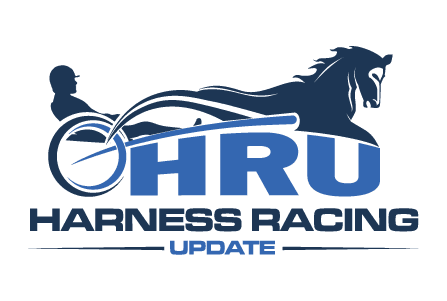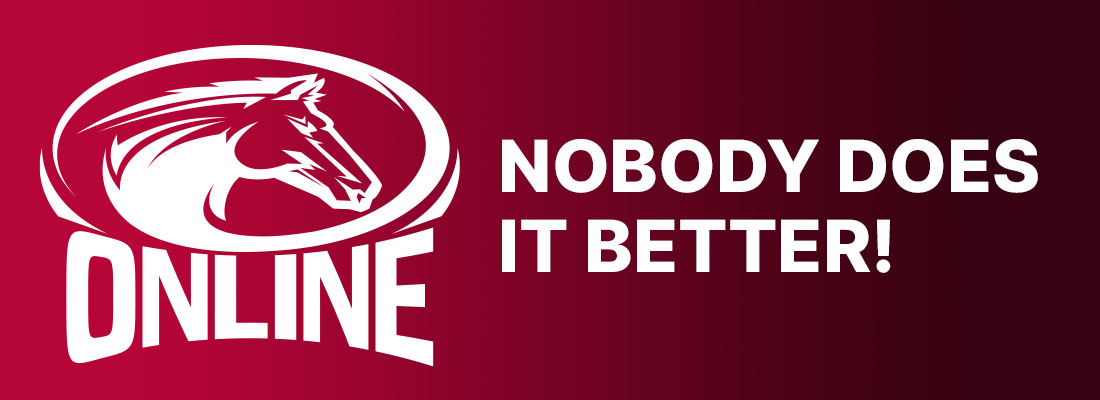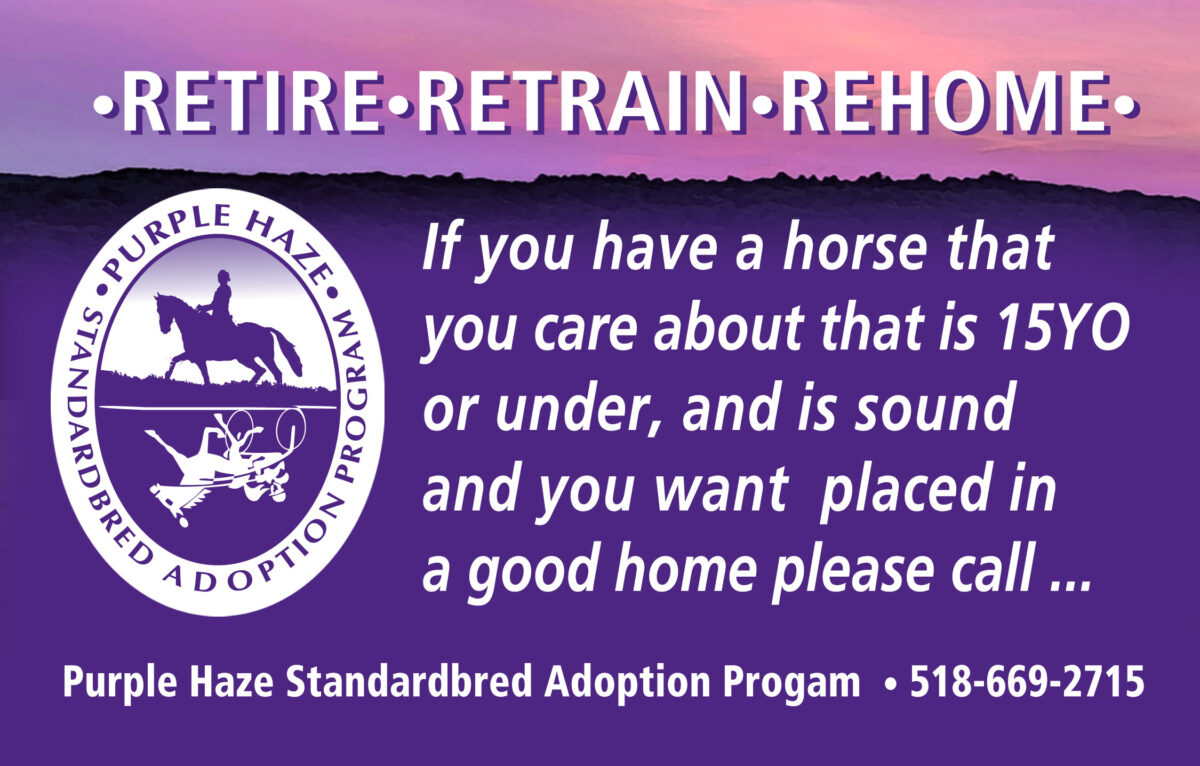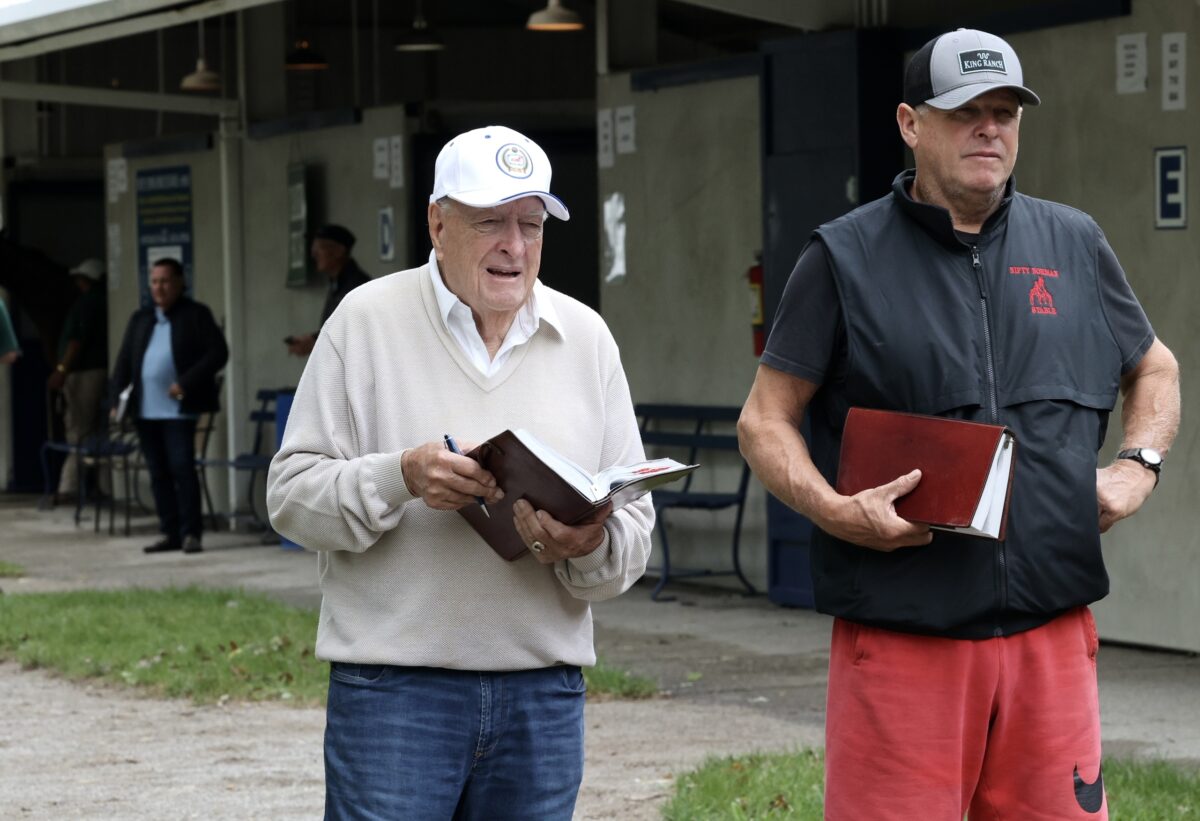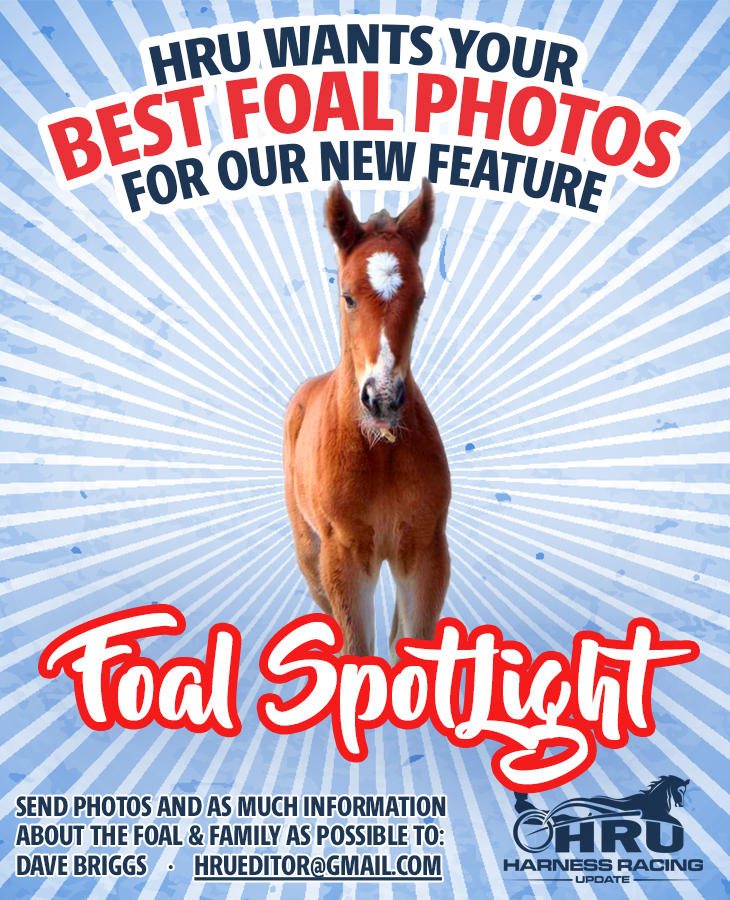Nifty Norman is concerned about the future of harness racing in the Northeast
by Murray Brown
Nifty Norman is concerned, maybe even worried, about harness racing’s future, most specifically its future in New Jersey and Pennsylvania, the locales where he does most of his business and where he has trained for the last 35 years.
“What’s happening in New Jersey bothers me most, but Pennsylvania isn’t very far behind,” Norman said. “We are down to only one racetrack and two days a week of racing with no fair racing in New Jersey.
“From the outside looking in, our only racetrack The Meadowlands’ future is not built on the strongest foundation. The betting and attendance numbers keep going down. If not for Jeff Gural and his love and involvement in the sport, it probably would have folded by now. I ask myself how long can Jeff keep going and how much more money is he willing to lose? He is now 82 years old. If he has a successor in mind, I have no idea who it might be.
“Pennsylvania doesn’t look to me to be much heathier. If not for casino subsidies, its highly likely that the plug on harness racing would already have been pulled. It’s my firm belief that if the casinos had been able to get rid of us, we would already be on the scrap heap.
“I race mostly at The Meadowlands, Chester and Pocono. At each of those places, the number of fans keeps declining and not by just a little bit. If you would go to Pocono on an afternoon when they are racing, I doubt that you’d see as many as a couple of hundred people there. It’s probably not much better at Chester. Those attendees that we still get are mostly made up of older folk. Most of the youth do not even know of the existence of harness racing.
“There are those among us who are very bullish on the sport because of the seemingly good numbers in Kentucky, Indiana and Ohio. The purses appear to be great. The horsemen can still make a decent living racing in those places. Owners are still willing to invest. But is the sport itself thriving? Are people going to the racetrack at places like Oak Grove and Miami Valley? I don’t know the answer to that question. But, just guessing, I’d say maybe more than on a Monday afternoon at Pocono Downs, but probably not a whole lot more.”
When asked, how do we fix the situation and get people to come to the races, Norman said, “I don’t have the answer. If I did, I’d get myself a racetrack and make a whole lot of money. I’m not sure there is an answer. In the meanwhile, let’s speak of more pleasant topics.”
How is your stable presently made up?
“I’m training about 50 head. About half of them are 2-year-olds. I’ve got a few older horses and the rest are 3-year-olds. I’ve got several of my 2-year-olds that I particularly like. The ones that I’m really keen on right now are a Walner filly and a Captain Corey colt among the trotters and a Huntsville pacing colt. You never know for sure until they start racing and begin separating themselves. We should get a good idea soon enough.”
You mentioned your Captain Corey. It seems that just about everybody that has a 2-year-old by him, likes it. What are your thoughts?
“I’ve certainly been getting great feedback on them all winter long. I wish I would have known the good things that I know now when I was yearling shopping in the fall. I know Carter Pinske told me that he has three by him and he likes them all. The reports on them have been generally very positive. But with all sires, it’s nice to hear good training reports, but it’s a whole lot better to see them race well. We will soon get a better idea of what they might be. We’re less than a month away from the first baby races.”
You mentioned Carter Pinske. Haven’t you guys had a great association from the time the young man began training horses?
“Yes, we have. I suppose it began with Carter’s grandfather Tim. Tim and I were good mates. Carter began sending some of his babies to us when they were ready to race up north, much like Tim had previously done. It has since grown. Carter, his dad Karl, and I sometimes partner on horses. I would say that more often than not we have done fairly well. We also trade. When I have a horse that is eligible to race in the Midwest where Carter is stabled, I send it to him. He often does the same when he has something to race here. The Pinskes are a great family made up of great horsepeople. I wish we had more of them, not necessarily Pinskes, but great people who love the sport.”
Speaking of great horsepeople, aren’t you privileged to have one of the very best as a long-time patron of your stable?
“Privileged is probably the right term. There are very few Dave McDuffees in this world, let alone in harness racing. If there are any finer, wiser, and more loyal people about, I’ve yet to make their acquaintance.
“Dave had most of his horses with Brett [Pelling] when I was with him.
“Then Brett left and went to Australia. I had been with Brett for 20 years, but there was no doubt that he was the captain of that ship. I was only its first mate. When Brett left, I found myself here almost rudderless, wondering where my future lay. What do I do? Do I start my own stable? Of course, that is what I ultimately did.
“Dave McDuffee picked up with me as though Brett were still here. The horses that were in the stable were left in my charge. We went to the yearling sales and he entrusted me with the yearlings he purchased. He is not only a great patron of my stable, but he is also one of the greatest friends that I have had.
“Much as Dave was loyal to me when Brett left for Australia, so was he loyal to Brett when he came back, giving him some of his horses to train when he set up shop on his return.”
What can you tell us about Brett Pelling?
“In simple terms, I consider him to be the greatest horseman of modern times, certainly the greatest of my acquaintance. Just look at what the guy has done. He left North America at the height of his career. He was gone for 10 years. Then he returned and started anew with not a horse in his stable. Within a year, he was back on top. How does that happen? I’ll tell you how. The person has to be truly exceptional. That’s what Brett Pelling is — truly exceptional. He is highly intelligent and a great thinker and planner. He is able to tell you not only what is happening now, but he may also be able to accurately tell you what will be happening two months from now.”
Let’s talk a little about you Down Under guys. There’s you, Pelling, Chris Ryder, and Noel Daley, just to scratch the surface. You have 50 head of the finest bred horses in America. Pelling has somewhat the same, Daley has 70 and Ryder has about 60. That says a lot about four guys who came to this country without the proverbial pot to pee in. Why and how did this happen?
“There’s more than one reason of course. There are some common denominators. We all come from agricultural backgrounds with horses deep in our pedigrees. We all were relatively poor. We had to work hard or fall by the wayside. Before I go any further, I need to mention that we aren’t the only Down Under guys in the horse business up here. There are several who are struggling to make a living. There is one common denominator that is rarely mentioned. His name is Ross Croghan. We worked for him and more importantly learned from him. His name is rarely mentioned among the greats, but trust me on this, he is undoubtedly one of them.”
What does the future hold for you?
“As the beginning of this conversation foretold, I am not particularly bullish on racing here in the Northeast. I am now of an age where I’d be reluctant to pick up and leave. However, circumstances might force me to do what I’d rather not do. I have been doing some scouting mostly in Kentucky. I wish I were the only one, but sadly I am not alone. If we have a future, that is probably where it lies.”
